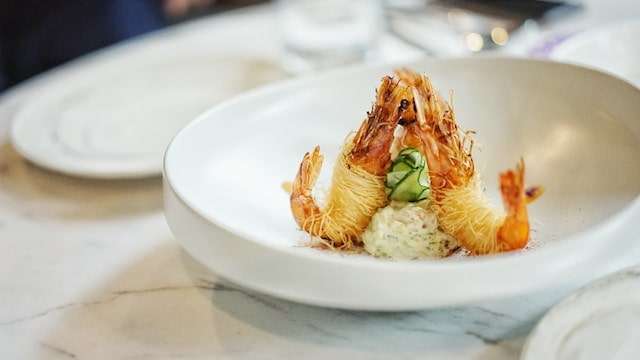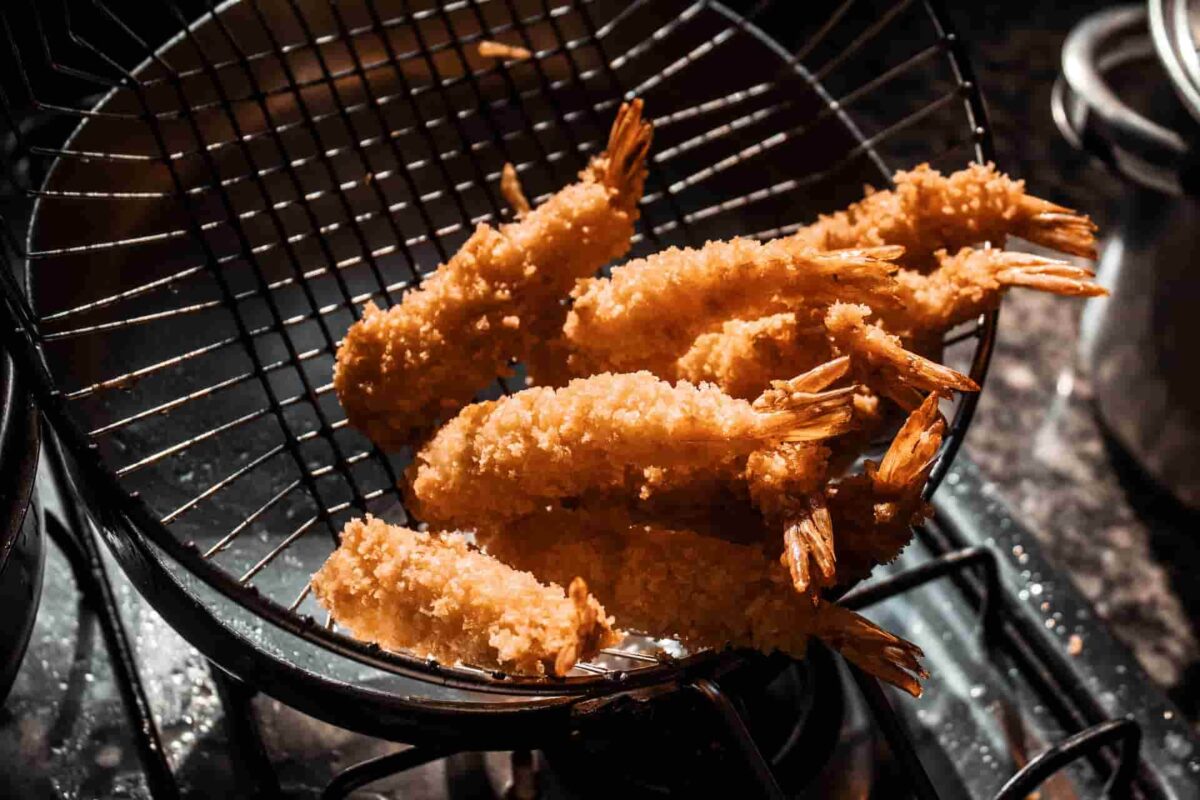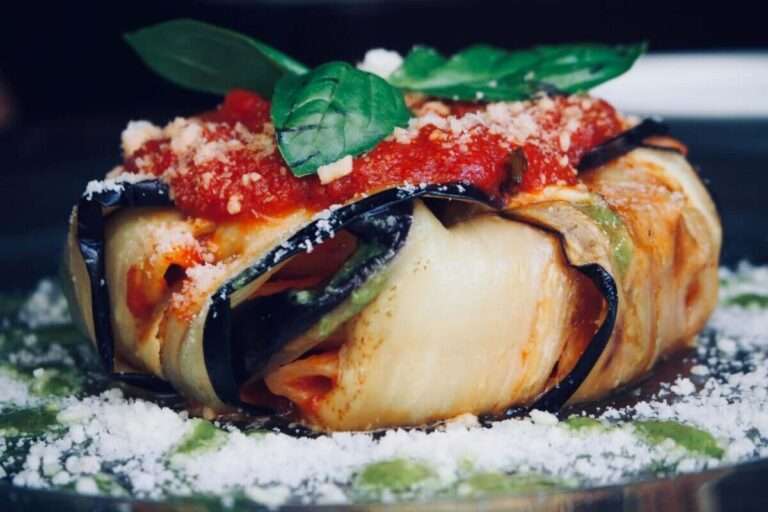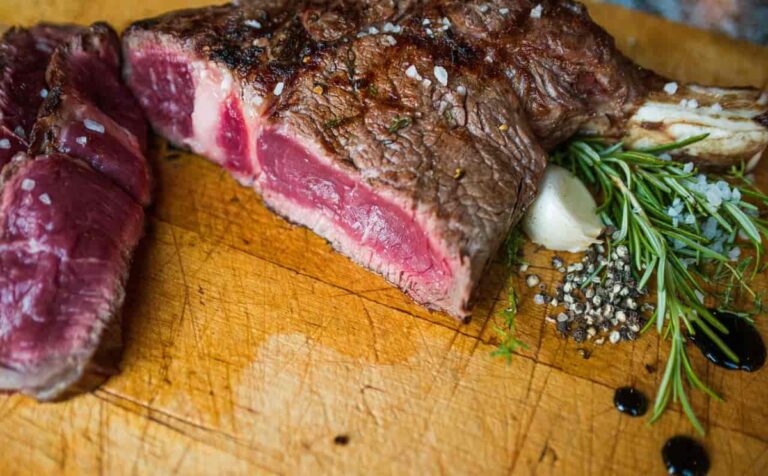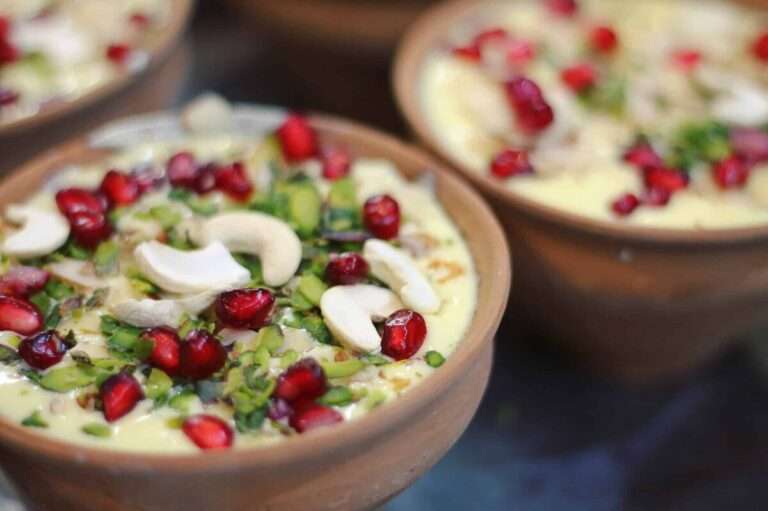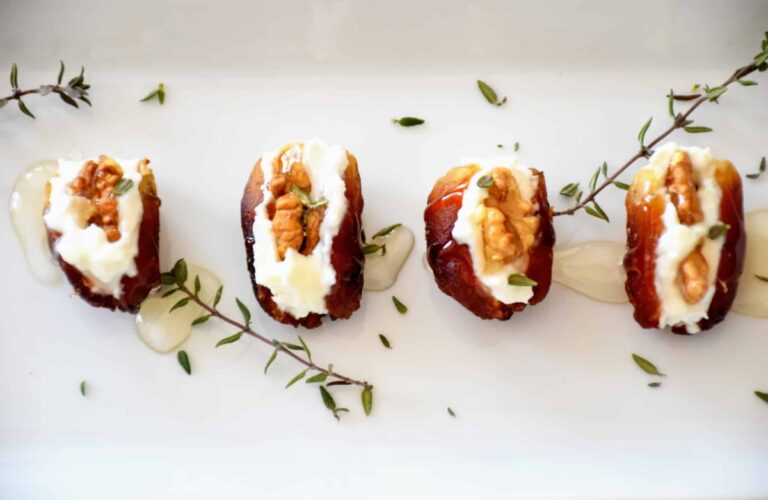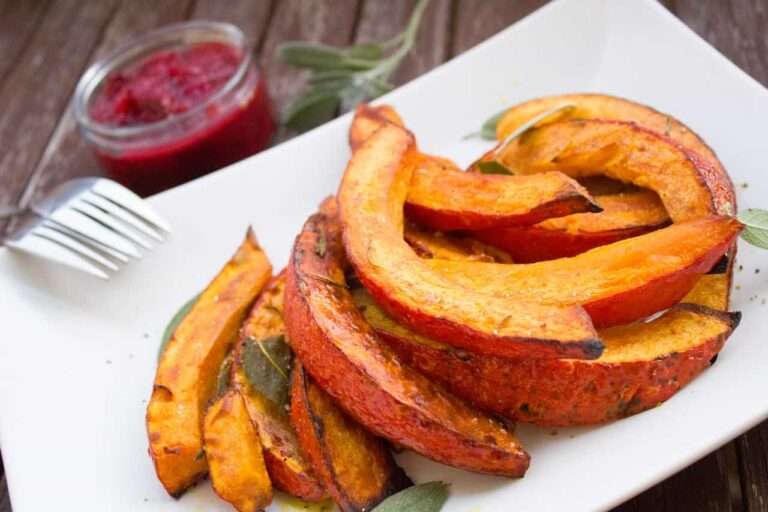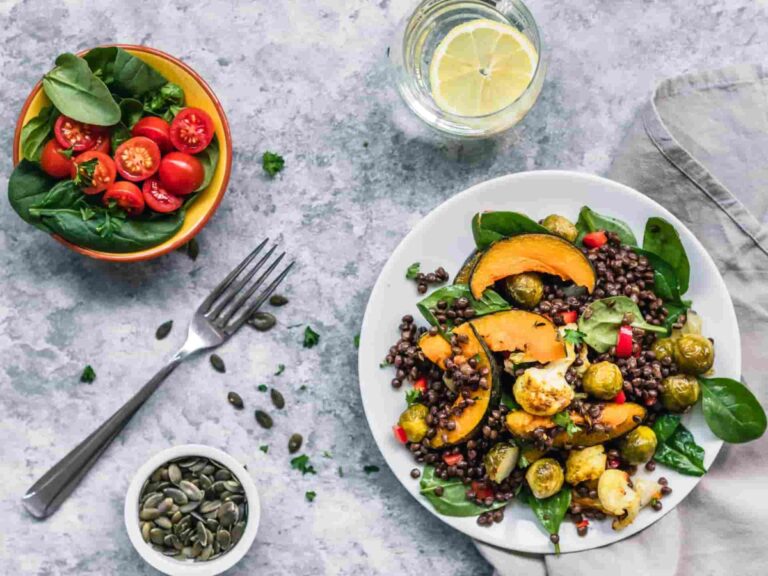Prawns 101-kitchen insights and benefits
Did you know that there are around 3000 different types of prawns found across the world?
- Prawns are found in freshwater habitats the vast majority of the time, however there are few instances in which they are discovered in marine areas as well. It is possible to find prawns in countries such as England, Ireland, Wales, Australia, and a number of countries located in Africa, amongst other places. Prawns may be found in both the Southern and Northern Hemispheres.
- The words “shrimp” and “prawn” were originally used in Britain. In Britain, the term “shrimp” refers to smaller species, notably those that are dorsoventrally depressed, or those that are broader than deep, with a shorter rostrum. The term “prawn” is used to refer to larger species. It is also the sole term that may be used to refer to fish that belong to the family Crangonidae, such as the common shrimp or brown shrimp, which is referred to as Crangon crangon.
- The coloration of prawns may range from black to pink to white to grey. When an adult Palaemon prawn, measuring between six and eight inches in length, is captured, it gives off the impression of being a light blue hue. This kind of shrimp has a body that is often compressed laterally and has a cylindrical and elongated shape.
- Prawns have a pigment in their skin that may cause them to change colour on occasion. This pigment is located right beneath their shells. The cells that make up their skin take on a variety of hues, including blue, yellow, red, yellow-white, and brownish-sepia. These cells also cause the school prawn’s spots to be white, but the deepwater prawn’s spots become bright red or even crimson.
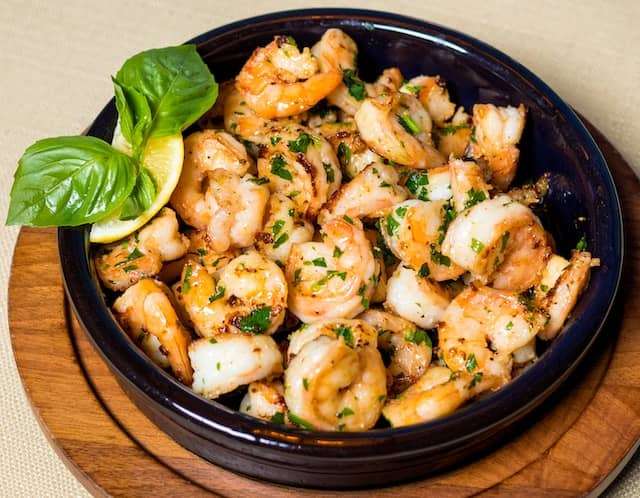
Prawns nutrition values and health benefits
- The B vitamin family, including B12 and folate, may be obtained in beneficial quantities from prawns. The creation of energy and the replenishment of red blood cells are both significantly aided by the consumption of these vitamins.
- The quantities of vitamin E found in prawns are about 22 times higher than those found in chicken or beef. This fat-soluble vitamin serves as an antioxidant and may provide protection against cardiovascular disease as well as cancer.
- Iodine, zinc, and selenium are some of the most difficult-to-obtain trace minerals, and prawns are a good source of all three of these elements. Iodine is necessary for the proper operation of the thyroid gland, while zinc and selenium are necessary for the maintenance of a healthy immune system.
- The pigment known as astaxanthin gives prawns their distinctive pink colour. Prawns receive this pigment from the algae that they consume in their diet. This substance contains anti-inflammatory qualities and may lower the risk of some chronic illnesses, such as heart disease and cancer. It may also be useful for the health of the skin.
- Protein that is of good quality and is simple and easy to digest may be found in abundance in shellfish such as prawns. It is also low in calories and fat, making it a potentially valuable addition to a diet that focuses on weight reduction.
- At least two servings of fish or seafood should be consumed per week for a diet to be considered healthy and well-balanced; one of these servings should be comprised of an oily species of fish. One of these suggested servings should consist of shellfish such as prawns and other shellfish.
- As prawns have a relatively modest saturated fat content in addition to their naturally occurring cholesterol, consuming them is not expected to cause an increase in levels of the so-called “bad” or LDL cholesterol. As a result of this, nutritionists and other professionals advise consuming shellfish, especially prawns, as part of a diet that is well-balanced.
- In comparison to white fish such as cod, prawns have higher amounts of sodium, so if you want to keep your sodium consumption to a minimum as part of your diet, you may want to cut down on how often you eat them.
- Being one of the 14 most frequent allergens, crustaceans like prawns are required to have a warning label placed on foods containing them in order to protect consumers. An anaphylactic shock, also known as a severe allergic response, needs rapid medical treatment since it is considered a medical emergency. If you think you may be allergic to anything, you should discuss this with your primary care physician.
100g of prawns has 99 calories (414kj), 24g protein, 0.3g fat, and 0g carbs, including 0g fibre.
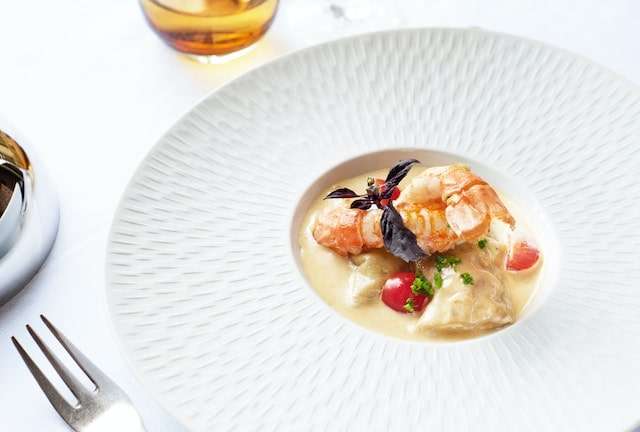
How to store prawns and how to buy them
- Being a very perishable food item, prawn requires special care from the time it is caught until it is prepared for consumption. It may be purchased fresh, frozen, or even thawed and re-frozen. Where you reside and how much time you have to prepare it will certainly influence your decision. The best prawns will be firm and somewhat fragrant. The prawn’s aroma should not include any traces of ammonia, since this would indicate it was overcooked. It is possible that some of them have been stained because of careless handling. Prawns sold in stores have likely been defrosted, which has made their flesh less translucent. Meat from a really fresh prawn will be almost translucent in hue.
- Fresh prawns (both cooked and uncooked) may be stored at refrigeration temperatures of 4 degrees Celsius for around two to three days. They should be stored in the coldest part of the fridge, still in their shells, by stacking them on a plate or tray and covering them tightly with plastic wrap. Fresh prawns may be kept for up to three months at -18oC or colder if you have never frozen them before.
- If you want to freeze Prawns, you should ask your fish market whether they have been frozen and thawed before; if they have, you should consume them as soon as possible and not refreeze them. If in doubt, check the temperature of your fridge or freezer or store for a shorter amount of time, since some household refrigerators and freezers may not work at temperatures as low as those stated above.
- A bad raw prawn is the likely source of any unpleasant fishy or ammonia-like odours. A shrimp that exhibits even one of these flaws is probably not fit for human consumption. Fresh prawns, whether shelled or unshelled, should not have much of a smell other than the mild saltiness of saltwater. The prawns’ off-putting odour is caused by bacteria that has grown on them, and eating them might get you sick if you do not act fast. Prawns that have been cooked but then left out for too long may emit a rancid, sour smell. You will be able to tell what it is just by the way it smells. If you want to get the freshest prawns possible, you should always ask to smell them before you buy them.
- Due to the high water content, freshly caught raw prawns will seem a translucent light grey or white right out of the water.
- There is a high likelihood that they are spoilt if they have lost their freshness or taste bad.
- The shells are not fit for human consumption until they are completely detached from the body or stained with black.
- It is not uncommon for fried prawns to still have a hint of pink or scarlet in their shells or their meat.
- Discard the item if you notice that its colour has faded, it has become grey, or it smells musty.
- Prawns that are slimy in appearance have likely gone rotten, regardless of whether they have been shelled, unshelled, or cooked.
- If the shells are broken, it is likely that the prawns within are spoiled.
- The shells should be checked for defects and seem to be in perfect shape before being served.
- In most cases, you should let frozen prawns thaw before cooking with them. Take frozen prawns out of their bag and place them in a dish under cold (not warm) running water for a few minutes to thaw them. Then, in just a few minutes, they will be all set to travel. Do not waste water by running the tap while they thaw; instead, place them in a basin of cold water (this will take about twice as long as the water-running approach). In most cases, drying the prawns thoroughly on paper towels before proceeding with the meal is a smart idea.
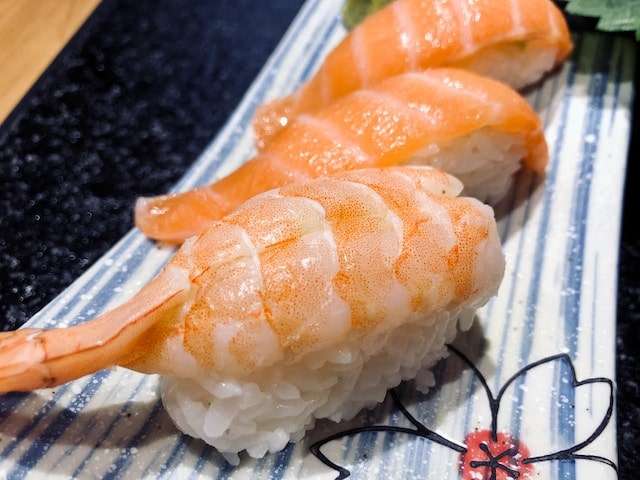
Cooking techniques, secrets, and tips from the kitchen
- It is not necessary to cook prawns with their shells on, but doing so makes them more juicy, tender, and flavourful in the middle. You can remove the shells just before eating (along with the head and tail, which are great for making shellfish stock), or you can do so before you start cooking if you prefer.
- To remove the “vein” (also known as the digestive tract) that runs down the back of each prawn, cut a straight line through the shell going from the head to the tail using kitchen scissors. This will allow you to cleanly remove the “vein.” When the vein has been exposed, remove it with the point of a knife, and then clean each prawn under a running tap to remove any remaining debris.
- Keep the shells on when you grill larger prawns like tiger and king so that you do not lose any of the succulent flesh within. The shells provide a great deal of flavour when they are grilled, and when they are presented whole, they look really appetising. Butterflying them, which entails slicing through them lengthwise from the head to the tail and opening them up like a book, enables them to cook more quickly and sears the meat, which results in a more flavourful end product. After grilling them over white embers for four to six minutes, depending on the size of the prawns, lay them on a serving tray and spread some herb-infused butter or a sticky soy glaze over them.
- In order to prevent from becoming rubbery and losing its succulence, add the prawns at the very end of cooking aromatic Thai and Asian curries. When you have prepared your curry base and it is brown and boiling, add your prawns and continue to fry them until their colour changes and they are cooked all the way through to the centre. Prepare the dish by garnishing with fresh green herbs.
- In order to use prawns in rice recipes, first prepare the rice as you normally would for paella, congee, jambalaya, and risotto, and then add the prawns during the last three to four minutes of cooking time (or for a longer period of time if you are using very large king prawns). Or, you might saute the ingredients separately and then fold them into the rice after it has been cooked.
- The use of little prawns makes burgers, patties, and the fillings for Chinese dumplings and bao buns particularly well-suited for preparation. Before shaping them and frying them, you may process them with fragrant ingredients like onions, garlic, and herbs, or you can use them as a delicious filling for potstickers that are pan fried and steamed. To make even better prawn toasts at home, just spread minced prawns onto triangles of bread, top with sesame seeds, and then cook in oil at a high temperature.
- To make delicious deep-fried prawns, first cover your prawns in a tempura batter prepared with plain flour and carbonated water. Next, deep fry the prawns for around two to three minutes, during which time the coating should become crisp but the inside should remain succulent and tender. You may eat them with a dipping sauce, or you can give them a fast flash fried in a wok with onions, garlic, chilli, and black pepper to create your own version of the popular dish that you get from Chinese takeout restaurants.
- Ceviche is a traditional Peruvian curing method that, because to the acidity of the citrus juice, gradually cooks the tender, soft flesh of the shrimp so that it retains its delicate texture. After using the appropriate herbs and spices, your finished product should be a delectable and wholesome ceviche.
- The unassuming prawn may be elevated in flavour with the use of a simple cooking method called gratinated. After combining breadcrumbs, oil, diced chilli, the zest of lemon peel, and chopped parsley, put a substantial amount of the mixture over prawns that have been fanned out and bake them in an oven with the top element turned on. The flesh of the prawn, which is sweet and delicate, pairs well with the crunch that comes from the breadcrumbs.
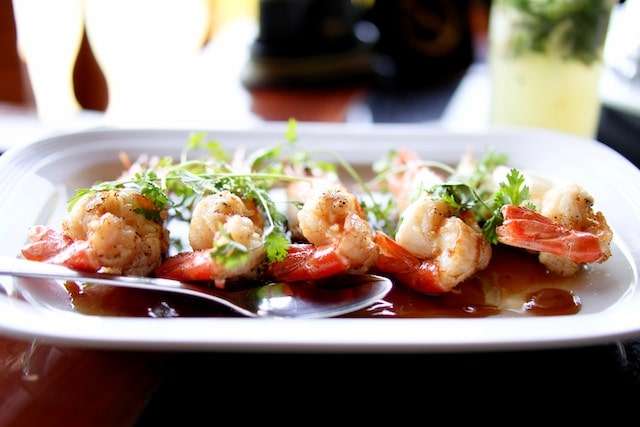
History of prawns from the beginning until today
- Throughout the dawn of time, mankind have relied heavily on prawn as a primary source of nutrition. According to literary sources from ancient Greece and Rome, preparing prawns seems to have been a popular hobby among the ancients. It is true that the Greeks created methods for preparing huge prawns, and these methods are described in culinary literature dating back to the 4th and 5th century AD, most notably in the book written by Apicius.
- The ancient Greeks would cook enormous prawns by wrapping them in fig leaves before cooking them, whereas the ancient Romans would either fry or roast the prawns instead of wrapping them. Before serving the prawns, they would add a few drops of honey to the top of the cooked prawn. This step was done before serving.
- Prawns have been a favourite meal for a very long time in many parts of the world, including but not limited to the following: Asia, Europe, Africa, the Middle East, Australia, Central America, South America, and the Mediterranean.
- According to the records that have been kept throughout history, our Chinese friends and neighbours have consistently included prawn in their meals since the seventh century. In the same year, 1280, Marco Polo made the remark that prawns were a well-liked food item in the Chinese markets that he visited.
- The states of North and South Carolina, Louisiana, Alabama, and Georgia were all hooked on the combination of prawn and grits, as did other states in the South. Other states in the South were also hooked on the dish. This dish is quite versatile, and it may be found in almost every cookbook with a Southern-style theme that has been published in recent years.
- In the 17th century, people fished for prawns in the lakes of New Orleans by using nets that had been brought in from France at that point in time.
- In the beginning, the vast majority of prawn was obtained from the waters located to the south of the United States of America. In later years, the consumption of prawns preserved in cans skyrocketed in popularity in the United States. By 1917, harvesting prawns with machinery had already established itself as a standard practise all around the globe. As a direct result of this, fresh prawns are now more readily available in many parts of the globe.
